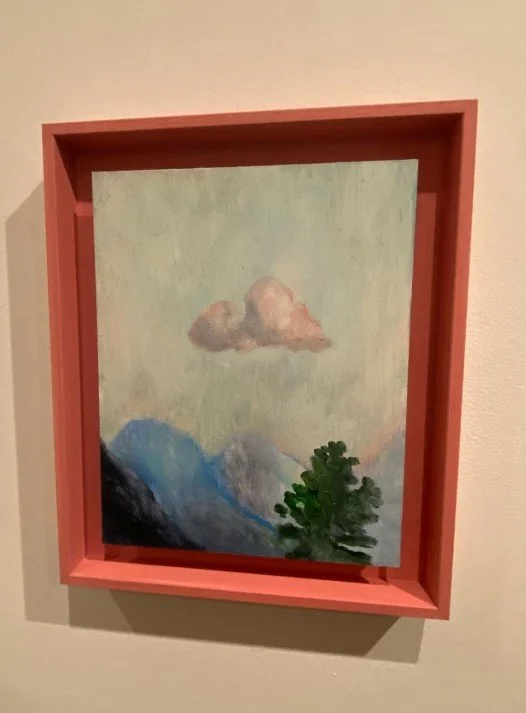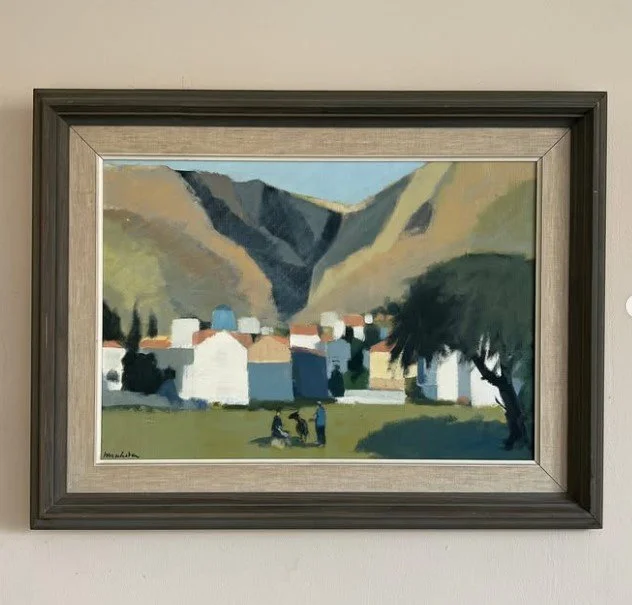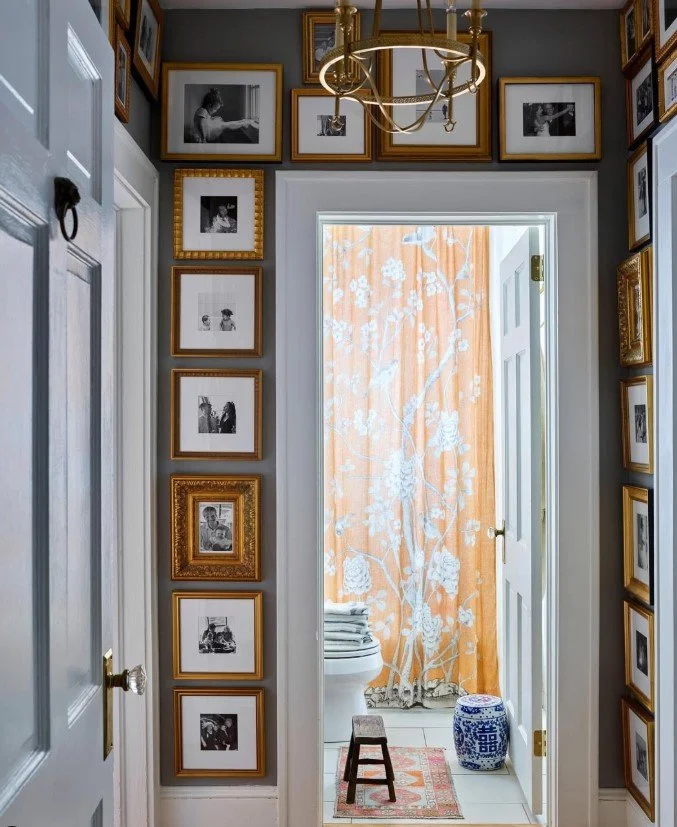Art in Interiors
The Art of Interior Design: Using Art to Reflect Personality and Enhance Spaces
Art has long been celebrated as a vital element in interior design—an expression of personality, taste, and cultural identity. Incorporating art into your home isn’t just about decorating walls; it's about creating a narrative that resonates with you. Drawing from expert insights and current trends, here’s how to effectively use art in interior spaces.
Artwork by Ilena Magoda
Understanding the Subjectivity of Art
One fundamental truth about art is its subjectivity. What captivates one person may not appeal to another. This makes selecting art a highly personal process. As interior designer Emily Henderson notes, “The art that speaks to you might be completely different from what appeals to your neighbour, but that’s the beauty of it.” When choosing art for your home, prioritize pieces that evoke a feeling or connection rather than conforming to a predefined style.
‘Jack’ by Studio Ham
Establishing Your Artistic Goals
Before acquiring artwork, clarify your objectives. Are you looking for statement pieces to serve as focal points? Or do you prefer subtle, complementary art to enhance a room’s ambiance? Some homeowners collect art for investment, while others simply love filling their walls with pieces that bring joy. For dedicated collectors, like art connoisseurs, sourcing works from galleries, auctions, or art fairs becomes part of the process. For others, decorative prints or emerging artists might be the choice.
Image by Studio Ashby. Art work by Maarten Vandenbos
The Role of Art Consultants and Experts
In more extensive or sophisticated interior projects, engaging an art consultant can be a game-changer. They assist in selecting pieces that harmonize with your space, style, and budget. For example, in a historic townhouse renovation, a professional might curate a collection that complements architectural details and historical context, elevating the overall aesthetic. Consultants also help with logistics—lighting, framing, and placement—which are crucial for showcasing your art effectively.
Artwork by Suzy Murphy London
Incorporating Decorative and Period-Art
Decorative art, including vintage posters, mid-century modern paintings, or historical prints, can add character and depth. For instance, a collection of Scandinavian designs can evoke a cozy, nostalgic atmosphere—perfect for a mountain retreat or seaside home. Connecting art to a space’s era or theme creates a cohesive environment; for example, an art collection that reflects the history of a building or location enhances authenticity.
Artwork from the Wall Flower Gallery
Using Art as a Design Inspiration
Art can inspire color palettes, textures, and layouts within an interior. A bold abstract piece might inform a room’s accent colors or furnishings. Conversely, ephemeral art choices—like contemporary sculptures or large-scale photographs—can serve as striking contrasts against traditional interiors, adding visual interest and modern flair.
Salvesen Graham photo credit - Artwork unknown
Practical Tips for Displaying Art
Proper hanging and lighting are vital to maximize art’s impact. From professional gallery lighting to correctly wall-mounting, ensuring your art is well-lit and properly supported makes all the difference. Consider creating a gallery wall by mixing different frame styles, sizes, and art genres for a curated yet eclectic look. Laying out arrangements beforehand on the floor allows you to experiment with composition and balance.
Adding a Personal Touch
Ultimately, art should reflect what matters most to you. It’s about curating a collection that resonates emotionally and visually. Whether it’s a landscape painting from a memorable trip, a portrait of loved ones, or contemporary pieces that challenge conventions—personalized art choices make your space truly unique.
Artwork Nicola Bealing
Conclusion
Incorporating art into your interior isn’t solely about aesthetics; it’s an opportunity to tell your story. By understanding the subjective nature of art, defining your goals, and working with experts when needed, you can create a space that feels both beautiful and meaningful. Ultimately, the best art in your home is the one that makes you feel most at home.








